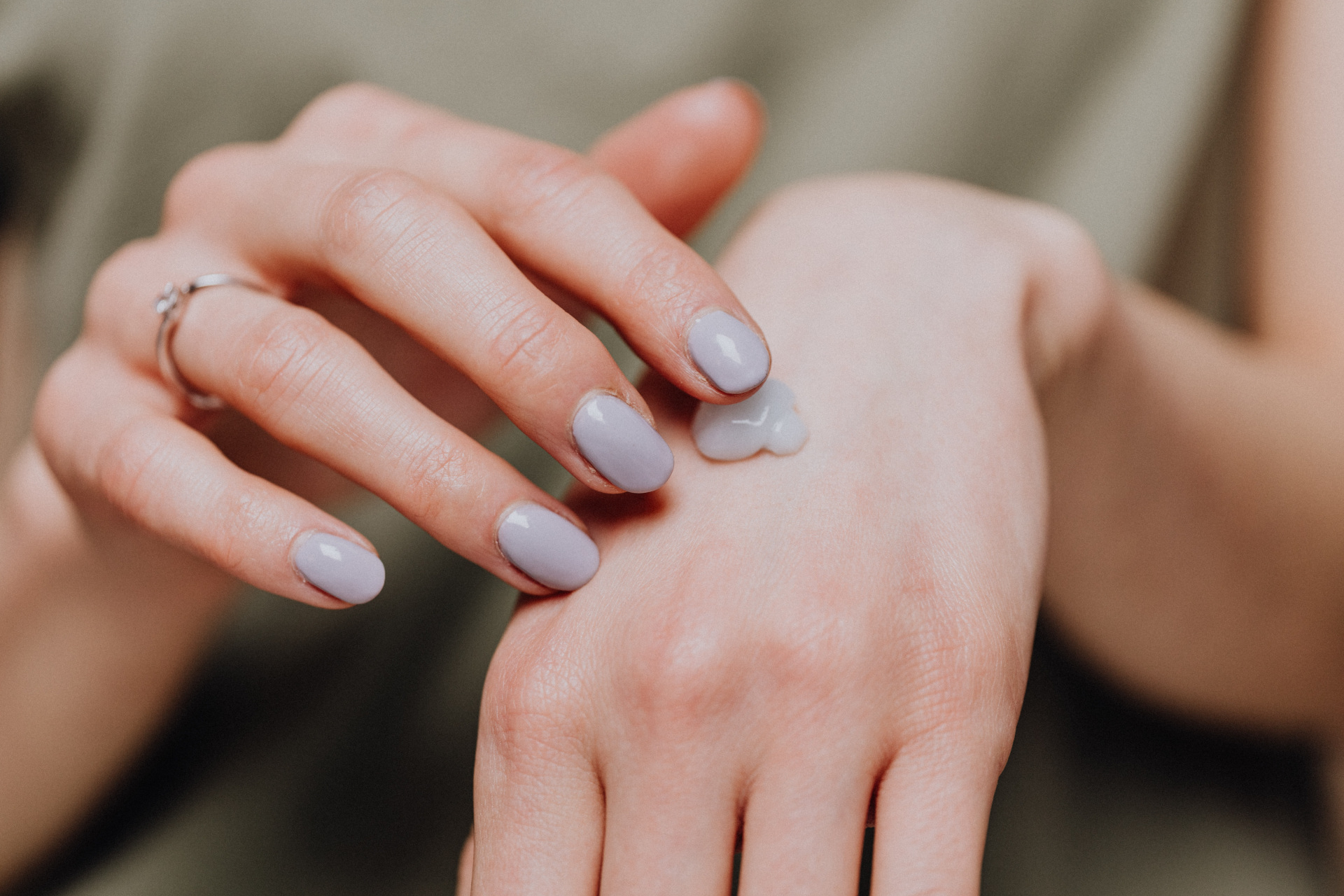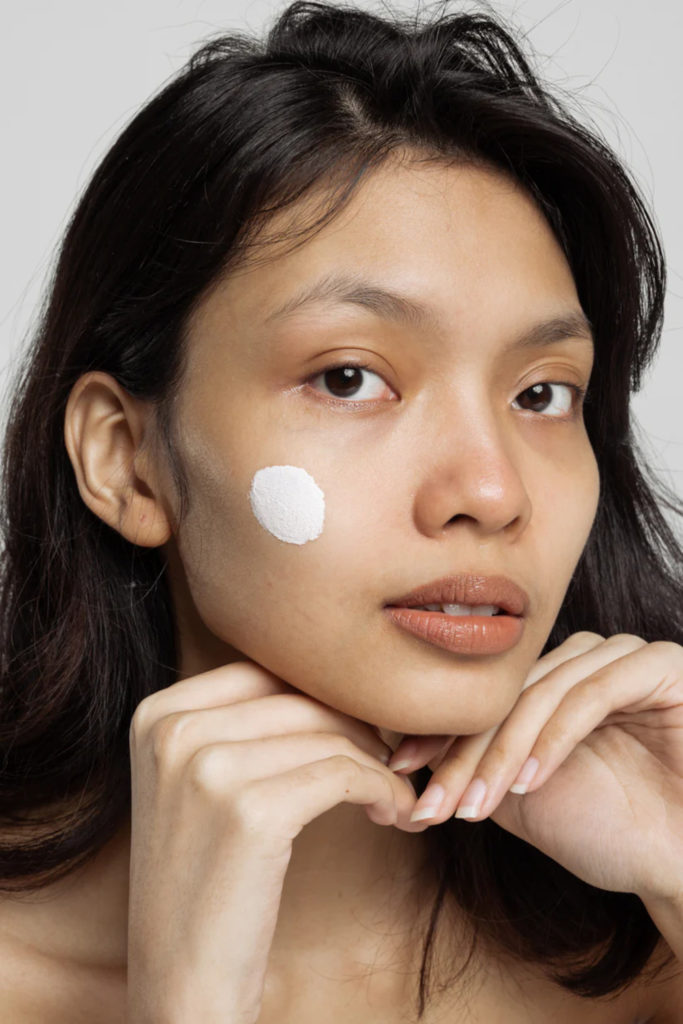In What Order Should You Apply Your Skincare Routine?
By
2 years ago
Your guide to mastering the art of layering

Whether you follow three steps or 12, your skincare routine is sacred. But when it comes to layering products in the right order, we can easily find ourselves put off by the number of creams, serums and oils on the shelf. What is the most effective way to apply our products? We chat to Alexander Johnston, General Manager of John Bell & Croyden, who provides a step-by-step guide on how to order your skincare routine at home.
In What Order Should You Apply Your Skincare Routine?
There is nothing more exciting than discovering new skincare products, selecting the ones that speak to you and getting them home to try them out. It is fair to say that for most skin enthusiasts, the ritual of applying your skincare routine is the best part of the day, but with so many amazing products out there to choose from you can end up overloading your skin with product, reducing the efficacy of your chosen products and leaving your complexion shiny and tacky to the touch.
But before you despair, know that there is an art to layering your products for maximum efficacy and glowing skin. And lucky for you, we’ve laid out the ideal order you should apply your skincare routine below:
Step 1: Cleanse
We’ve heard it a thousand times, but it is absolutely true: good skin starts with a good cleanser. In the morning, use a gentle foaming wash or an oil-based cleanser that emulsifies with water to a milky texture. Apply your cleanser to dry skin and then massage with wet fingers to work up a gentle lather. Always remove your cleanser with a linen cloth or soft flannel to add an extra gentle exfoliation that ensures the skin is left perfectly clean.
It is best to avoid scrubs and peeling cleansers in the morning, as it can leave your skin sensitive to environmental aggressors. These products are best used at night-time, in conjunction with a richer moisturiser or overnight treatment.
Step 2: Hydrate
With your face clean and prepped, now is the time to apply a hydrating serum all over your face and neck. Hydration is key to minimising the signs of aging and keeping the skin cells healthy.

(c) Sora Shimazaki, Pexels
Step 3: Eye Contour
The skin around your eyes is delicate, full of blood capillaries and up to 10 times thinner than the rest of the skin on your face, so it needs special care and attention. It is important to use eye-specific products and to apply them with a delicate touch to avoid causing irritation.
One of the issues commonly noticed around this area is dark circles. These can be a sign of fatigue or stress, but they can also be a sign of dehydration, so making sure you’re using products with hydration properties is a good place to start when thinking about the right one to use.
Step 4: Brighten & Protect
Your skin is exposed to a lot on a day-to-day basis, from pollution in the environment (free radicals) and harmful UVA and UVB rays from the sun (in both summer and winter) to changes in air temperature and humidity. These factors can cause skin to appear dull and sallow, as well as dark spots or hyperpigmentation occurring on the skin.
This damage can be prevented and, to some extent, corrected by the regular use of an antioxidant cream or serum. These work to protect your skin from free radicals and actively promote cell renewal to brighten skin, fade dark spots and reduce the appearance of wrinkles.
Vitamins C and E are the most common antioxidant ingredients, so look for a combination of the two for maximum protection and brightening effect.
Step 4 Alternative: Nighttime Active Serum
At night, replace the antioxidant step with an active product such as retinol or glycolic acid. These are best used overnight as they work to resurface the skin’s surface and stimulate cell renewal (these are processes that can leave your skin more vulnerable to environmental aggressors during the day).

(c) Andrea Piacquadio, Pexels
Step 5: Moisturise
The next step is to lock-in moisture and give the protective layer of your skin a boost. Use a lighter cream for the day to avoid overloading your skin. A richer cream could be used at night time, as will absorb slowly as you sleep.
When choosing the right moisturiser for you, think about your skin type; if you skin is dry or flaky, look for a cream packed with vitamin E, ceramides and peptides. If you have oily skin, choose a moisturiser that is non-comedogenic, meaning it won’t block your pores.
Step 6: Sunscreen
We all need to wear sunscreen every day, regardless of the season. Even during the darker months, UVA and UVB are still going to damage and prematurely age your skin. Ensure that you day routine always finishes with the application of your SPF!
Look for a minimum of SPF20 for everyday use, but you may want to increase the protection factor during the summer months or when travelling to warmer climes.
Products To Get You Started
Featured image: Karolina Grabowska, Pexels

























